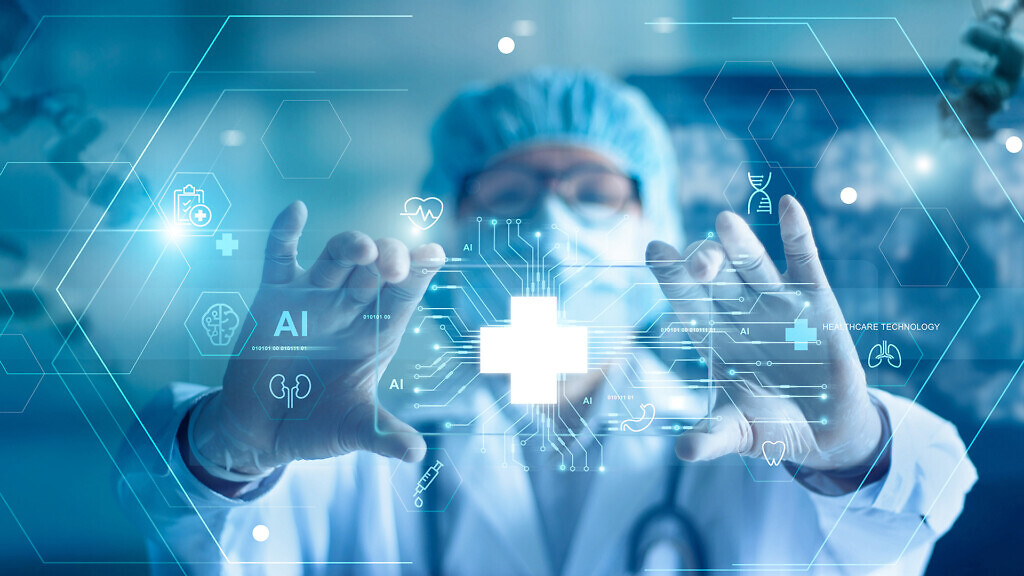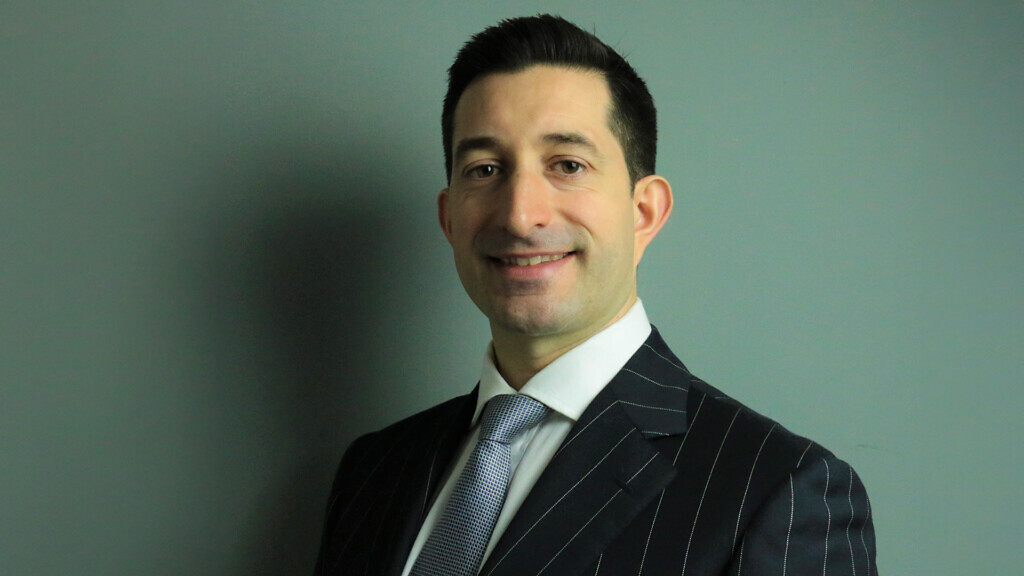There’s a lot of noise around GenAI, making it hard for healthcare leaders in clinical and non-clinical roles to get clear, practical insight to facilitate its integration.
In the first of a series of articles, Alex Fairweather covers key topics from a business perspective to help healthcare organisations explore, discover, adopt and capture value from this exciting emerging technology.
US computer scientist Alan Perlis once said, “A year spent in artificial intelligence is enough to make one believe in God.” This quote perfectly sums up the capability of the technology and the mystery surrounding it. Many of us are still asking the questions… “What is GenAI?” “Why should I use it?” And “How do I use it?”
What is GenAI?
GenAI is a subset of artificial intelligence that creates content based on data it was trained on. This content can be visual, linguistic, numerical, or really anything desired. AI itself in healthcare isn’t new, examples of use go back more than 25 years in the form of conventional AI or machine learning, in uses such as imaging, predictive analytics, predicting disease outbreaks etc.
Examples of GenAI use cases, across all industries, include chatbots, synthetic data generation and robotic process automation (RPA, essentially completing otherwise manual and repetitive tasks such as form completion). Across life sciences, I’ve seen amazing examples in drug discovery and crop genomics, as well as medically trained note-taking applications.
Commonly GenAI applications aim to improve efficiency and productivity: reducing costs rather than increasing revenue production. My own work highlights the greatest potential in administrative and operational functions rather than patient-facing, though I have come across examples such as automated, summarised reporting for patient records. A recent McKinsey report shows the highest impact of investment in GenAI being seen in functions such as sales, marketing, customer operations, software engineering and research & development.

Why use GenAI?
Healthcare faces significant challenges not least from an increasing demand for care.
GenAI is a well-positioned tool to increase productivity in specific functions in healthcare settings. You’re likely very aware of administrative burdens in your setting, often repetitive tasks done by bright colleagues. Some experts suggest that GenAI could increase productivity by up to 80%!
Healthcare is and will always be a human-driven sector (that’s right, Skynet won’t be making robo-doctors). My recent work and study have revealed the greatest impact is by using AI to work in harmony with humans and enhance HI – Human Intelligence; to augment rather than replace human work. Imagine the possibilities for meaningful change across society if we were to harness the power of AI in collaboration with our highly trained and highly capable clinicians.
An example that comes to mind is a capability of GenAI to connect silos across healthcare settings. In a time when holistic healthcare is coming to the forefront of patient needs, GenAI provides clinicians with a tool to connect their fields of expertise with others, creating improved patient care pathways. Younger patients especially are coming to demand more personalised health services and are actively seeking them. GenAI gives any clinician the ability to do so.

How to use GenAI?
Technology solutions must be employed to solve specific problems; to work in harmony with people and processes rather than in isolation.
The answer originates from existing challenges. These are most likely strategic in nature and will align with organisational strategy and objectives. At the very least, key stakeholders like leadership, managers, clinicians, admin and patients must be considered.
Once specific functions are discovered to which GenAI can be applied, we can start to explore possible applications and must consider questions such as how current processes need to change. What activities are needed to implement it? What people, expertise and training are needed? Depending on the scope of the application and size of the organisation, this could be simple and involve very few people, or be extremely complex.
Recently I created a four-stage framework to adopt technology in healthcare which can give some guidance:
- Identify – What challenges are you facing? Where do you want to add value?
- Align – How does the change align with your strategy, mission, and existing processes?
- Evaluate – What resources and capabilities are needed to implement this change?
- Deliver – What activities and changes are needed?
After implementing the change, feedback should be continuous to re-align processes and other factors such as staff training, and new processes among others.
Additionally, GenAI applications are rarely available as off-the-shelf products in the context of organisational use. They need at least a degree of customisation. It’s also important to consider an organisation’s data and data strategy which underpins AI applications. Other considerations must be given to legal, governance, financial and technical aspects, likely external expertise will need hiring in some form.

Alex Fairweather is the founder of HealthTech & AI Partners.



